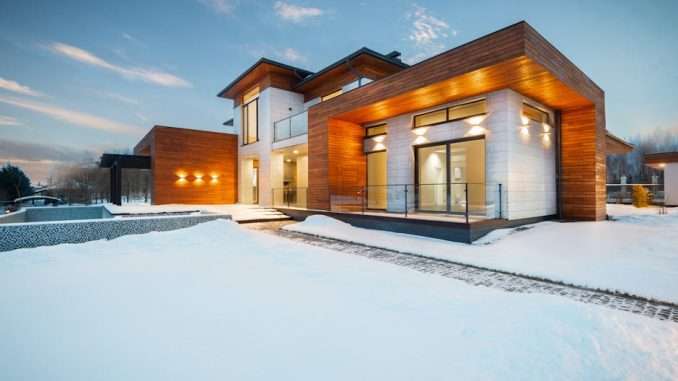
The United Kingdom’s urban development and housing sector is currently experiencing a period of significant transformation. A recent YouGov poll has brought to light a remarkable shift in public opinion, indicative of a society that is collectively advocating for innovative solutions to the pervasive housing crisis. These solutions are not only expected to address the issue of affordability but also to uphold environmental considerations. At a time when the nation is confronting the dual challenges of housing shortages and the need for environmental conservation, the public’s robust endorsement of constructing affordable homes on brownfield sites represents a societal consensus that could potentially influence future policies and the shaping of urban landscapes.
Read more about sustainable development.
The data unearthed by the poll is striking: 71% of participants are in favor of new housing developments on previously developed land, signaling a significant shift from historical perspectives. This emerging preference for the reuse of urban land, rather than encroachment on pristine green spaces, suggests a matured public understanding of development. Nonetheless, this journey towards a sustainable solution has been fraught with complexities. Despite the overwhelming support for brownfield development, 41% of respondents remain opposed to new housing projects in their vicinity, spotlighting the challenges of local development and the enduring ‘Not In My Back Yard’ (NIMBY) sentiment.
At the heart of the urban development debate lies the critical issue of affordability. The traditional definition of ‘affordable housing’—costing no more than 80% of market rates—has come under scrutiny for not truly reflecting local income averages and therefore not being genuinely accessible. This disparity prompts an imperative reassessment of the concept of affordable housing, a cause fervently advocated by the Campaign to Protect Rural England (CPRE). Roger Mortlock, the chief executive of CPRE, has underlined the necessity of truly affordable housing for the vitality of local communities and recognizes the instrumental role that brownfield sites play in meeting this need.
The CPRE’s stance on a ‘brownfield-first’ policy posits that prioritizing such sites can address the urgent housing requirements in urban areas while conserving rural landscapes from overdevelopment. This argument is bolstered by the poll’s findings, which reveal a clear preference for developments on repurposed land as opposed to new constructions on virgin ‘greenfield’ sites. Furthermore, the survey data demonstrates that local opposition to new housing projects drops to 20% when the developments are affordable and planned on brownfield land, indicating that redefining affordability could significantly alter public support for housing initiatives.
The role of the Green Belt as a safeguard against unchecked urban sprawl is paramount, and CPRE’s 2023 research has laid bare a striking revelation: a mere fraction of new constructions on these protected lands—less than 5%—are social homes. This represents a missed opportunity in promoting affordable housing within these zones and accentuates the need to strategically concentrate on brownfield developments. With available brownfield sites in England that are ‘shovel-ready’ and capable of accommodating up to 1.2 million new homes, the potential for sustainable urban intensification is evident.
However, the transition from potential to reality requires more than just public endorsement; it demands a concerted effort from policymakers to redefine affordability, give precedence to brownfield redevelopment, and meaningfully engage with local communities. The path ahead aims to protect the revered Green Belt while simultaneously exploiting the latent opportunities within urban precincts to meet the housing demands of the populace.
The insights drawn from the YouGov poll herald a call to action for a redefined approach to housing development in the UK. By embracing the burgeoning public support for affordable housing on brownfield sites, there exists an opportunity to forge a development trajectory that harmonizes environmental sustainability with the alleviation of the housing deficit, thereby enhancing communal welfare. This shift in public opinion is representative of an evolution in societal values, where the conservation of green spaces and the provision of affordable homes are not seen as conflicting interests but as complementary elements.
The burgeoning public support for the construction of affordable homes on brownfield land marks a crucial turning point in the UK’s strategy for tackling the housing crisis. It underscores the imperative for policy initiatives that align with the public’s preference for sustainable development and affordable living, setting the stage for a future where the right to a home is both economically and environmentally sustainable. As the nation progresses, the commitment of policymakers, local communities, and housing advocates will be instrumental in bringing these aspirations to fruition, ensuring a balanced, inclusive, and sustainable approach to urban development and housing. The momentum towards brownfield redevelopment for affordable housing is not simply a reflection of current public opinion but a vital stride towards fostering a resilient urban future that honors the needs of its citizens and the preservation of the environment they cherish.


Be the first to comment